QuestionI'm glad that you're available, I'm actually having an aquarium maintenance crisis. I've previously asked a question on this site about green water and turns out it's an algal bloom due to high temperatures, and direct sunlight. I've was also told that phosphate can aid the algal bloom. Question is, i have a glow-in-the-dark plant ( which i believe contains some kind of phosphate trace for the glow) and I'm wondering if it is possible that the phosphate in the plant is aiding the algal bloom. Also, I've already changed the water and I'm taking measurements to prevent the algal bloom, but today in the morning the water which was perfectly clear on the day of the change became cloudy. It's happened before, but i wanted to know the cause and if there's any real threat.
aquarium details:
-29 gallons
-carbon-based filtration
- sufficient supply of oxygen
-temp ranges 75-78 degrees Fahrenheit
-outdoors, temps ranging 85-90 (Florida)
-chemicals used: AquaSafe (conditioner), EsayBalancce( chemical stabilizer), and Alagae Destroyer.
That's pretty much all i have for now, if there's any more information you need please don't hesitate to e-mail me. Really appreciate your help and time!
AnswerHi There,
The cause is almost always, excess nutrients (nitrates and/or phosphates) or excessive lighting.
Algae consumes oxygen at night and a severe algae bloom can reduce oxygen to critically low levels, so while treating the tank, try to increase water circulation until you have the problem solved.
Overfeeding - Most aquarium flake food is high in phosphates and as the food decays these phosphates are released.
Infrequent filter changes - Decaying material in the filter can also cause increased nitrate and phosphates.
Infrequent water changes - Water changes is the method used to control nitrate and phosphate levels in your aquarium. Phosphates can also be controlled through the use of phosphate pillows available at your local aquarium store.
Excessive light - not only aquarium lighting but also might be intense room lighting or direct sunlight.
I think the best solution would be to cover the tank completely with no light for 72 hours. During that time you can't allow any light source to enter the tank. Again I would recommend increasing the water circulation so as not to deplete the oxygen.
Hope this helps,
Chloe :)

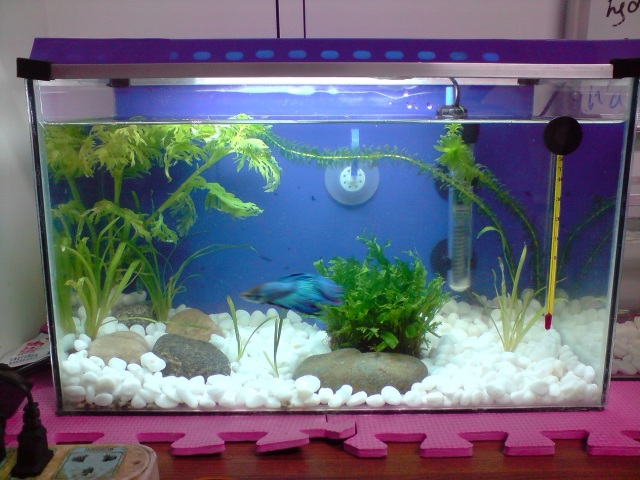 Tank mate for a betta
QuestionQUESTION: Hi Jaymie,
Ive got a male Betta in a
Tank mate for a betta
QuestionQUESTION: Hi Jaymie,
Ive got a male Betta in a
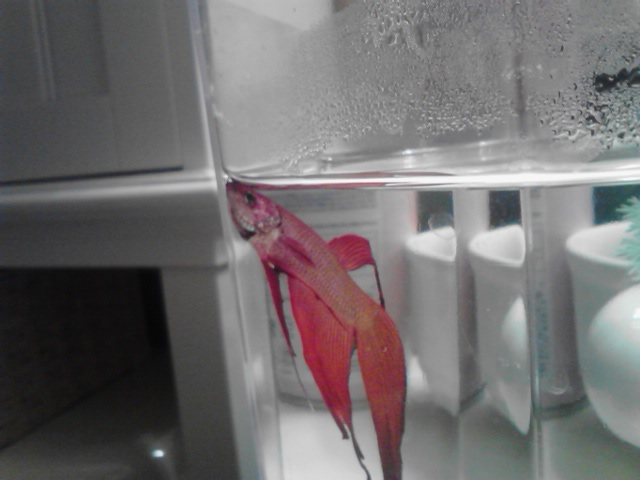 Betta needs help
Question
Flare the Fish Flare 2
I have a r
Betta needs help
Question
Flare the Fish Flare 2
I have a r
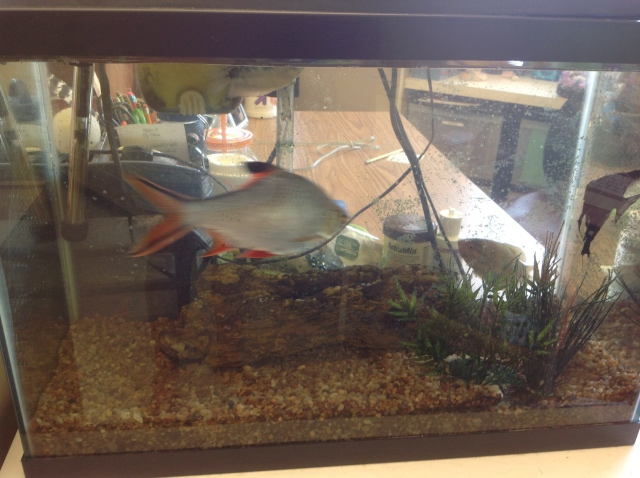 Fresh Water Fish
Question
My Fish Tank
Hi Elizabeth,
I would rea
Fresh Water Fish
Question
My Fish Tank
Hi Elizabeth,
I would rea
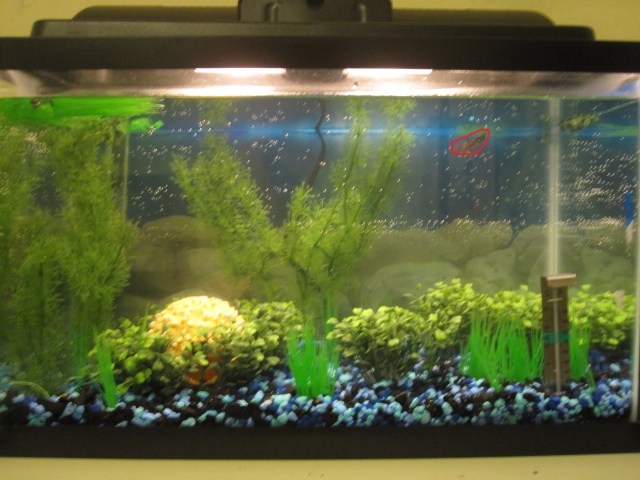 Betta with cory fish in a 15 gal tank
QuestionMy Tank
QUESTION: Hello Jaymie,
I just
Betta with cory fish in a 15 gal tank
QuestionMy Tank
QUESTION: Hello Jaymie,
I just
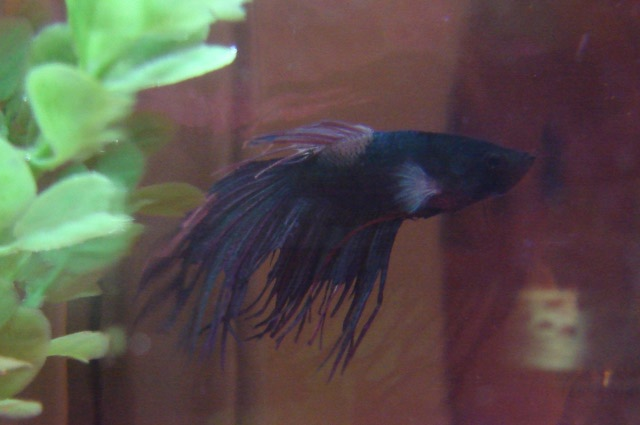 Transitioning sick betta to better habitat
Question
"Chemo" Illness
Last summer,
Transitioning sick betta to better habitat
Question
"Chemo" Illness
Last summer,